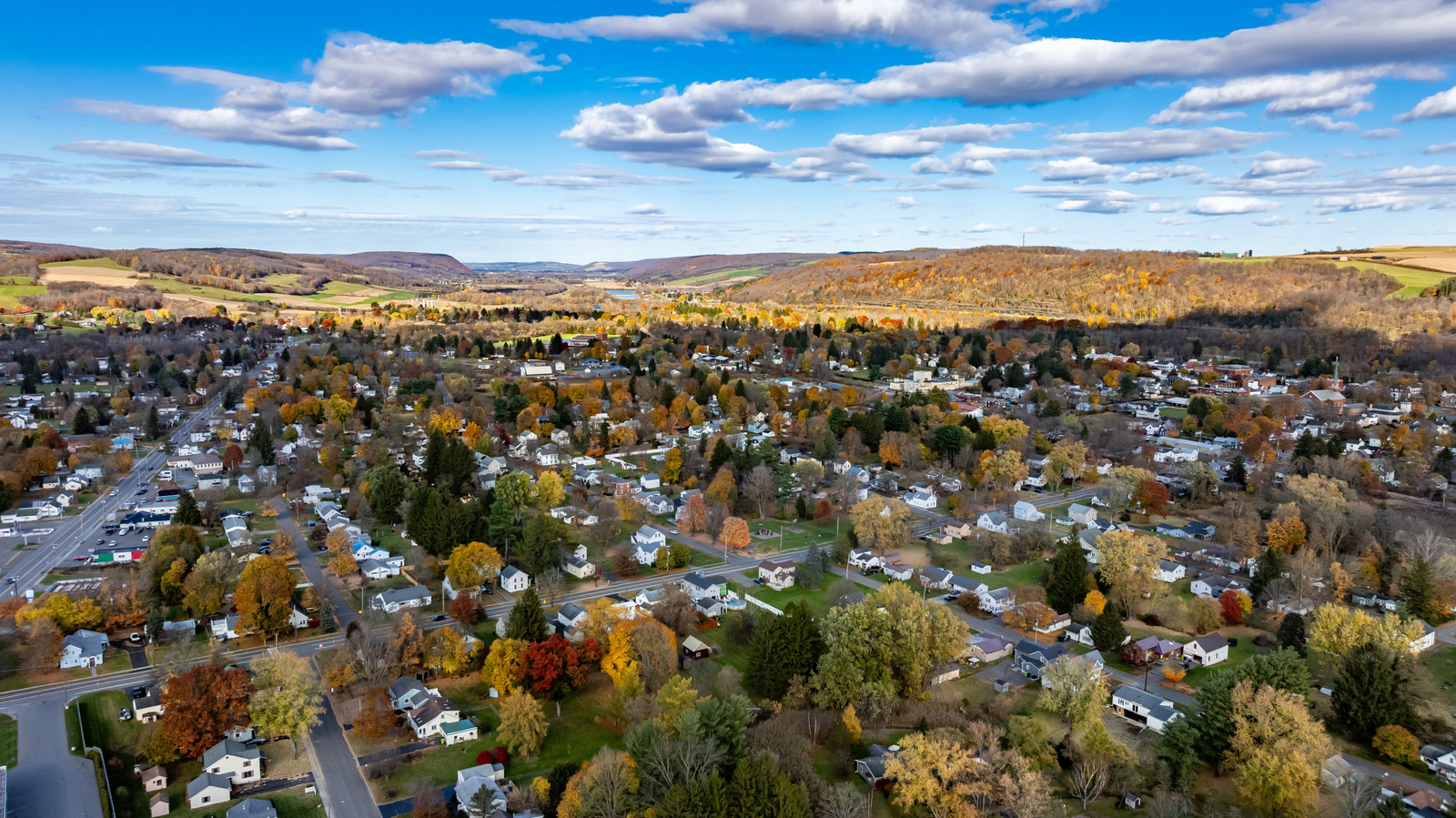Rapid Read • 8 min read
Researchers from the University of Cambridge have discovered new evidence suggesting that prolonged droughts played a significant role in the collapse of the Mayan civilization. By analyzing the chemical composition of stalagmites in a cave in the Yucatán Peninsula, the team was able to isolate rainfall patterns from the Terminal Classic period, between 871 and 1021 CE. The findings indicate that a 13-year drought, along with several shorter droughts, contributed to the decline of Mayan political and economic power, as their culture shifted northward. This research provides a clearer picture of the climatic conditions during the Mayan decline, offering insights into how environmental factors influenced historical events.
AD
The study sheds light on the impact of climate change on ancient civilizations, highlighting the vulnerability of societies to environmental shifts. Understanding the role of droughts in the Mayan collapse can inform current discussions on climate resilience and adaptation strategies. The research also enhances the historical narrative of the Mayan civilization, providing a more detailed account of the challenges they faced. This knowledge is crucial for archaeologists and historians as they seek to understand the complex interactions between human societies and their environments.
Further exploration of caves in the Yucatán region may reveal additional data on the frequency and severity of droughts and tropical storms during the Mayan period. Researchers aim to continue using stalagmites to gain precise climate records, which could offer deeper insights into the environmental factors that influenced the Mayan civilization. This ongoing research may also contribute to broader studies on climate change and its historical impacts.
The findings highlight the importance of integrating archaeological data with climate science to understand historical events. This interdisciplinary approach can provide a more comprehensive view of how ancient societies adapted to environmental challenges. The study also underscores the potential for modern technology to uncover details about the past, offering new opportunities for historical research.
AD
More Stories You Might Enjoy















